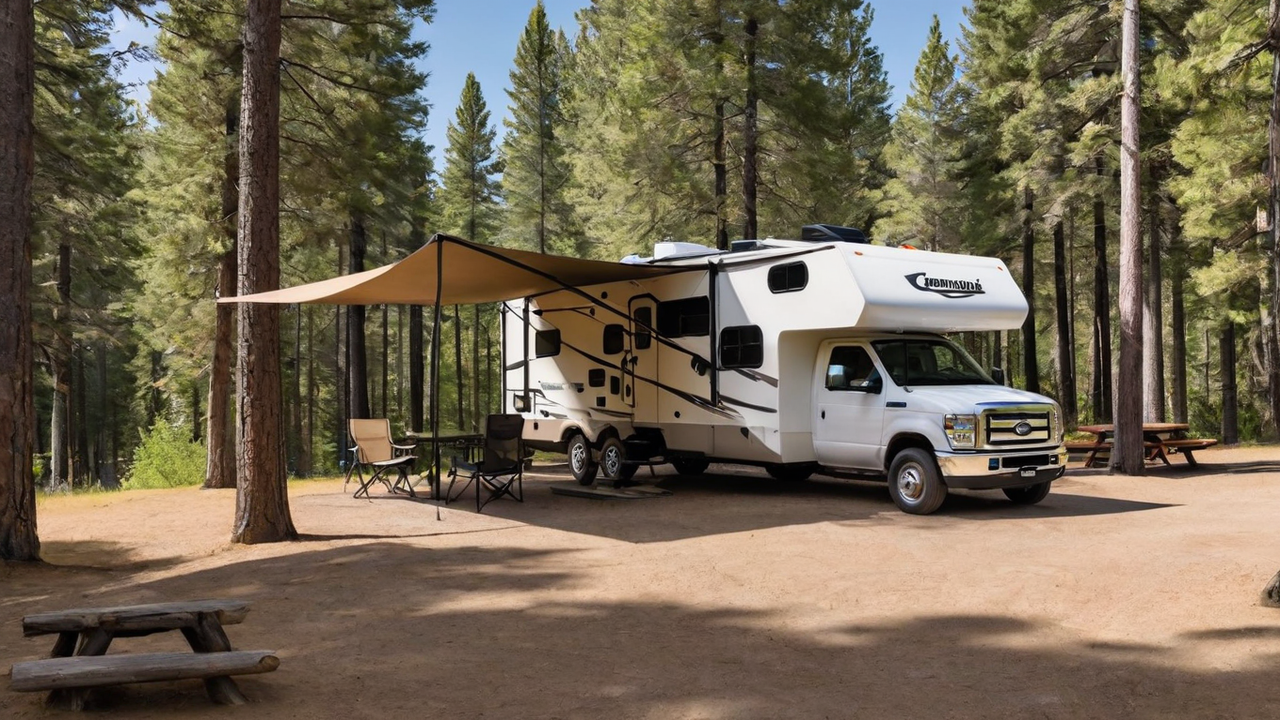Crafting an Ultimate User Experience: Design Principles for Camping Software
Crafting an Ultimate User Experience: Design Principles for Camping Software
Blog Article

Grasping The Audience
Understanding who the intended users is crucial in crafting an effective user's interface. It is essential to take into account the necessities, preferences, and technology competence. This knowledge guides every design choice, ensuring that your program becomes accessible and intuitive.
Knowing your users also implies recognizing the obstacles and how they intend to use your campground software. It enables the designers to tailor features and capabilities that meet specific needs, therefore making the application not only useful but also essential.
Simplifying the Navigation
Streamlining the navigation system is a key element of user interface design. An straightforward menu system ensures visitors can easily locate what they're searching for, minimizing frustration and enhancing user satisfaction. It's about making the journey inside the app as seamless as possible.
Moreover, a well-designed navigation guides users throughout the software, emphasizing features and capabilities that they might otherwise miss. This an strategy not only boosts usability but also promotes deeper interaction with the campground software's full range of capabilities.
Integrating High Quality Visuals
Graphics play a vital role in making a engaging UI. Visuals help in breaking up monotony and can convey functions more efficiently than words alone. Selecting the appropriate images, icons, and color schemes can greatly enhance the overall appearance of the application, thereby making it more appealing to your eye.
Moreover, a consistent visual style is for creating a strong brand identity and trust among your users. Every element must be in alignment with your brand's ethos and the overall message of the application, resulting in a seamless user experience that feels both polished and inviting.
Enhancing Responsiveness
In today's tech world, users expect camping programs to be responsive on all devices, from desktop computers to mobile phones. A adaptive interface makes sure that regardless of the device size, the application provides an optimal experience. It not only improves accessibility but also caters directly to your users’ mobile lifestyle.
Furthermore, improving your software’s responsiveness can lead in improved speed, minimizing load times and preventing frustration. Visitors value a speedy and efficient experience when accessing camping applications, and this makes performance a crucial element in satisfaction levels.
Enhancing the Search
Finding data swiftly is fundamental in any kind of application, especially in campground management. Optimizing your search feature permits visitors to easily find what they're looking for, which in turn boosts their satisfaction and efficiency. By intelligent search features, you can decrease the frustration and improve overall satisfaction.
Moreover, advanced search options like filtering options and tagging can aid in narrowing down search results, making it process even efficient. Implementing these features shows a understanding of your user’s needs and an effort to enhancing the user’s interaction with the campground software as smooth and productive as possible.
Prioritizing Security
Security must be non-negotiable when coming to developing campground programs. Your users expect to be secure when providing their private information. Ensuring robust security measures not only protects the data but also builds trust between the user and the brand.
Beyond basic security features like passwords and encryption, consider implementing additional security measures such as two-factor authentication or biometric verification. These features provide an extra layer of security, ensuring that user data is kept safe from unauthorized access.
Leveraging Feedback
Feedback is vital for ongoing improvement of the campground software. It allows developers to understand what works, what doesn’t work, and how their application can be enhanced to better meet the user’s expectations. Actively seeking this type of feedback establishes an open dialogue between the users and the team, making them feel they are actively a part of your software’s evolution.
Taking this feedback wisely can lead in tangible improvements in user interface design and the overall UX. Making changes based on user input demonstrates that the company values its users and is dedicated to providing a superior experience.
Keeping the Simplicity
Among design, simplicity is key. An unnecessarily complex UI can overwhelm users, leading in a negative UX. Keeping things simple, on the other hand, makes the software easier to understand and navigate. This promotes more engagement and satisfaction.
Furthermore, maintaining the simplicity should also apply to the content and features. Avoiding superfluous functions that don’t add value can help ensure that the interface remains clean and focused on meeting the core needs of your users. By doing so, you can craft a more efficient best campground management software UX that appeals with your target audience.
Report this page